Key Takeaways:
- Siddharth Nandyala, a young innovator, has developed Circadian AI—an app that detects heart abnormalities within seconds using a smartphone.
- The app has been tested on thousands of patients and shows remarkable diagnostic accuracy.
- Circadian AI harnesses artificial intelligence and deep learning to transform smartphones into non-invasive diagnostic tools.
- It has drawn recognition from Indian political leaders and medical experts for its potential to revolutionize healthcare accessibility.
- Siddharth plans to expand Circadian AI’s functionality to detect more diseases and scale it globally.
A Pulse on Innovation
What if your smartphone could save your life by detecting a heart condition before it turned deadly? Siddharth Nandyala, a tech-savvy innovator with a passion for healthcare, is turning that question into reality. With the development of Circadian AI, a powerful mobile app capable of identifying heart abnormalities in mere seconds, Nandyala is paving the way for accessible, tech-driven healthcare that fits in your pocket.
This blog explores the science behind Circadian AI, its groundbreaking accuracy, the story of Siddharth’s journey, the medical validation of the technology, and the promising future it holds for global healthcare.
The Problem: Delayed Diagnosis and Accessibility Challenges
Cardiovascular diseases (CVDs) are the leading cause of death globally, responsible for an estimated 17.9 million lives each year. In India, these diseases account for more than a quarter of all deaths annually. Early detection is often the key to survival, but diagnostic delays due to limited access to healthcare, especially in rural or underserved areas, contribute to high mortality rates.
Challenges in Conventional Diagnosis:
- Limited availability of cardiologists
- Expensive diagnostic equipment like ECG and echocardiogram machines
- Travel and cost barriers in rural areas
- Long waiting times in urban hospitals
This healthcare gap is precisely what Siddharth Nandyala aimed to address.
The Breakthrough: Circadian AI Explained
Circadian AI is a mobile application that uses a smartphone camera and AI algorithms to detect potential heart issues. Here’s how it works:
Step-by-Step Functionality:
- The user places their fingertip on the smartphone camera.
- The app captures blood flow patterns and pulse wave signals using photoplethysmography (PPG).
- Advanced machine learning algorithms analyze the signal for irregularities.
- The app provides a diagnosis within seconds, indicating normalcy or the likelihood of a cardiac anomaly.
This approach mimics the basics of ECG waveform analysis using optical methods, backed by massive datasets and real-time analytics.
Tested and Trusted: Real-World Validation
Circadian AI has already been tested on thousands of patients in clinical settings. According to reports and early trials:
- The app has demonstrated accuracy levels upwards of 90%.
- It has been particularly effective at identifying arrhythmias, tachycardia, and bradycardia.
- Continuous improvement through training the AI model on diverse datasets has further enhanced precision.
Clinical Collaborations: Several hospitals and diagnostic labs have begun piloting the app under supervised environments, showing promising results that align with traditional ECG findings.
Who Is Siddharth Nandyala?
The mind behind Circadian AI is as inspiring as the invention itself. Siddharth Nandyala is a young Indian innovator who combined his interests in biomedical science and artificial intelligence to develop technology with real-world impact.
Key Highlights:
- Siddharth started exploring AI and healthcare applications in his teenage years.
- He was motivated by witnessing delayed cardiac diagnoses in rural India.
- With a vision of decentralizing healthcare, he built Circadian AI from the ground up.
- His work has been recognized by government bodies, tech leaders, and the Indian medical community.
Praise from Experts and Leaders
The app’s promise hasn’t gone unnoticed:
- Medical experts have praised its speed, accuracy, and potential to assist non-specialist healthcare workers.
- Political leaders from India have commended Siddharth’s vision, calling it a “Make in India” healthcare success story.
- Public health organizations have shown interest in deploying it in government hospitals and primary care centers.
Circadian AI vs Traditional ECG
| Feature | Circadian AI | Traditional ECG |
|---|---|---|
| Equipment Required | Smartphone with Camera | ECG Machine + Electrodes |
| Time to Diagnose | Few Seconds | Several Minutes |
| Accessibility | High (Anyone with a phone) | Limited to medical facilities |
| Cost | Low or Free | Moderate to High |
| Diagnostic Accuracy | 90%+ (in pilot studies) | High (Clinical Gold Standard) |
While traditional ECGs remain the gold standard, Circadian AI is a valuable front-line tool, especially in environments where ECGs are unavailable.
The Bigger Picture: Transforming Healthcare Accessibility
a. For Rural India: Circadian AI has the potential to be a game-changer in rural and semi-urban areas where specialized medical equipment and cardiologists are scarce.
b. For Emergency Screening: The speed and convenience of Circadian AI could make it vital for quick screenings in ambulances, remote camps, and community health events.
c. For Preventive Care: Users can periodically check their heart status, potentially catching issues before symptoms escalate.
Challenges and Considerations
Despite its strengths, Circadian AI must navigate certain challenges:
- Regulatory approvals and clinical certifications
- Integration into mainstream hospital systems
- Data privacy and cybersecurity compliance
- AI bias and need for continuous model training
However, Siddharth and his team are reportedly addressing these issues with strategic partnerships and a transparent development framework.
What’s Next for Circadian AI?
Upcoming Features and Goals:
- Expansion to detect other conditions like hypertension, sleep apnea, or vascular diseases
- Partnerships with telemedicine platforms
- Localization into regional languages for wider adoption
- International collaborations and WHO interest
Siddharth envisions a future where Circadian AI becomes a health companion for every household, democratizing diagnostics across the globe.
Conclusion: A Young Mind Reshaping Modern Medicine
Siddharth Nandyala’s Circadian AI stands as a beacon of innovation that bridges healthcare and technology. By bringing hospital-grade diagnostics to smartphones, he has launched a quiet revolution that could redefine how millions of people access lifesaving information. In a country like India, with its vast population and healthcare disparity, tools like Circadian AI are more than innovation—they are necessity.
If nurtured and scaled responsibly, Circadian AI could soon be the reason many lives are saved in time, simply because someone had a smartphone and a few seconds to spare.




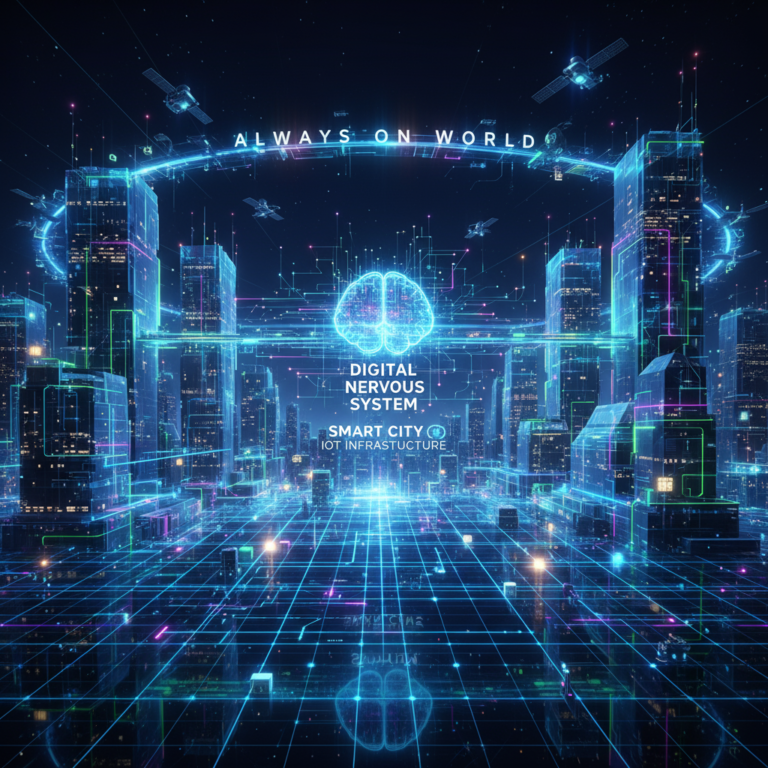
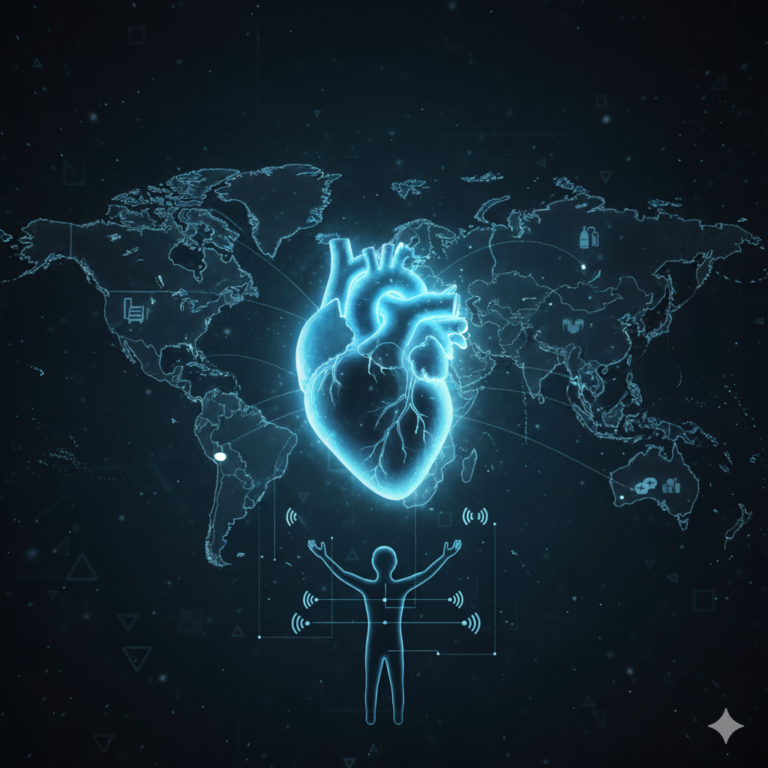
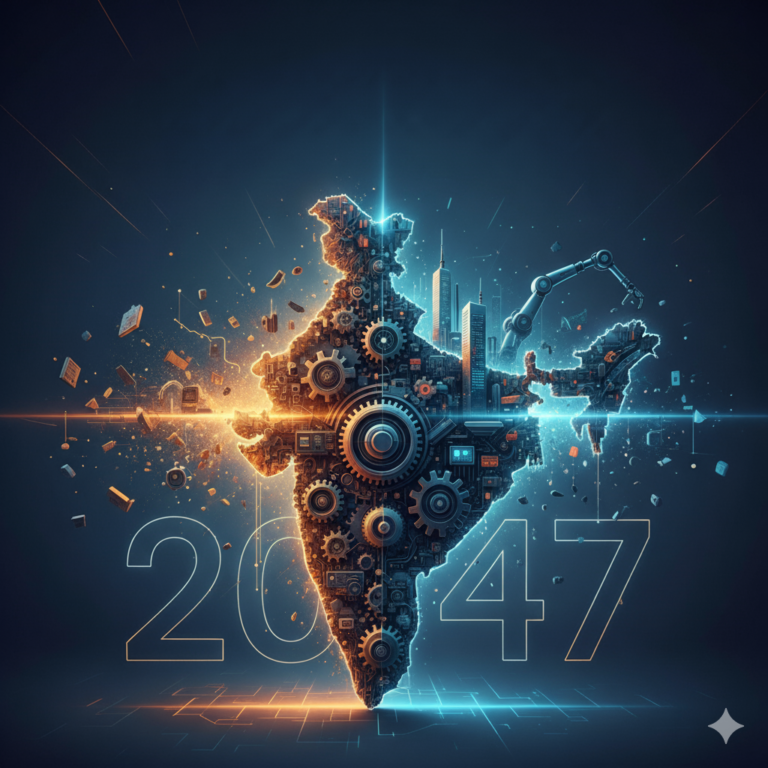
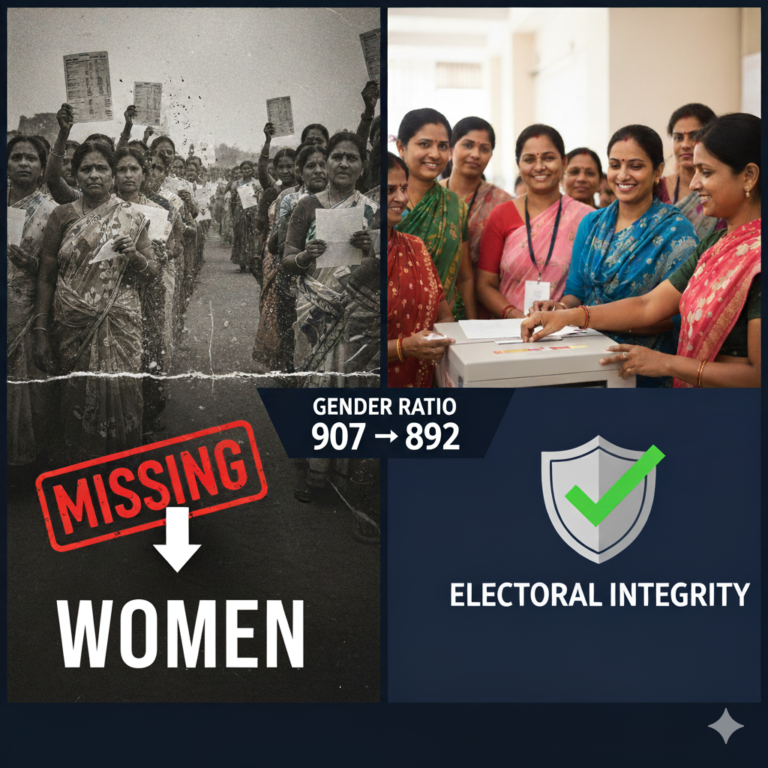
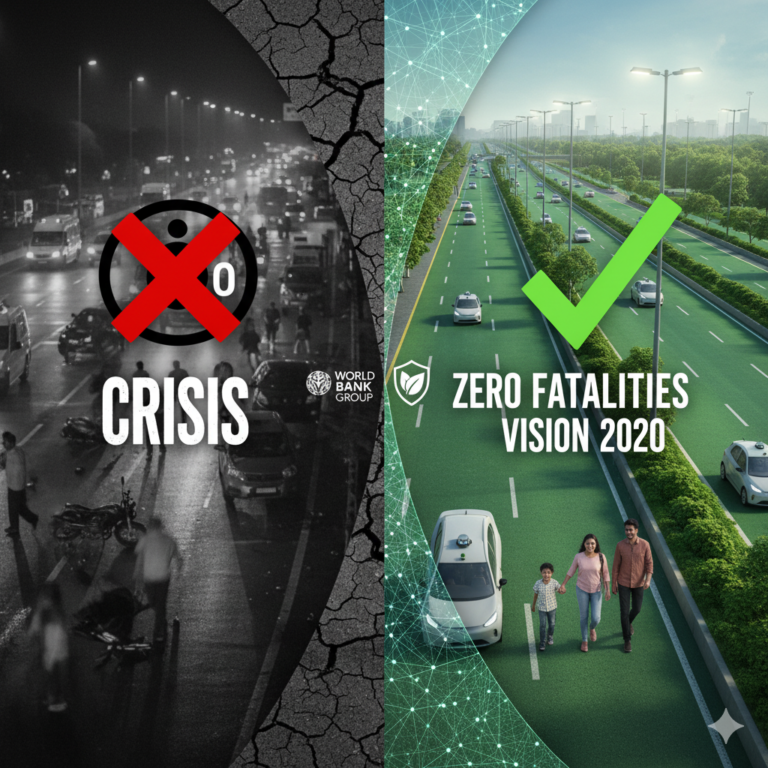
+ There are no comments
Add yours